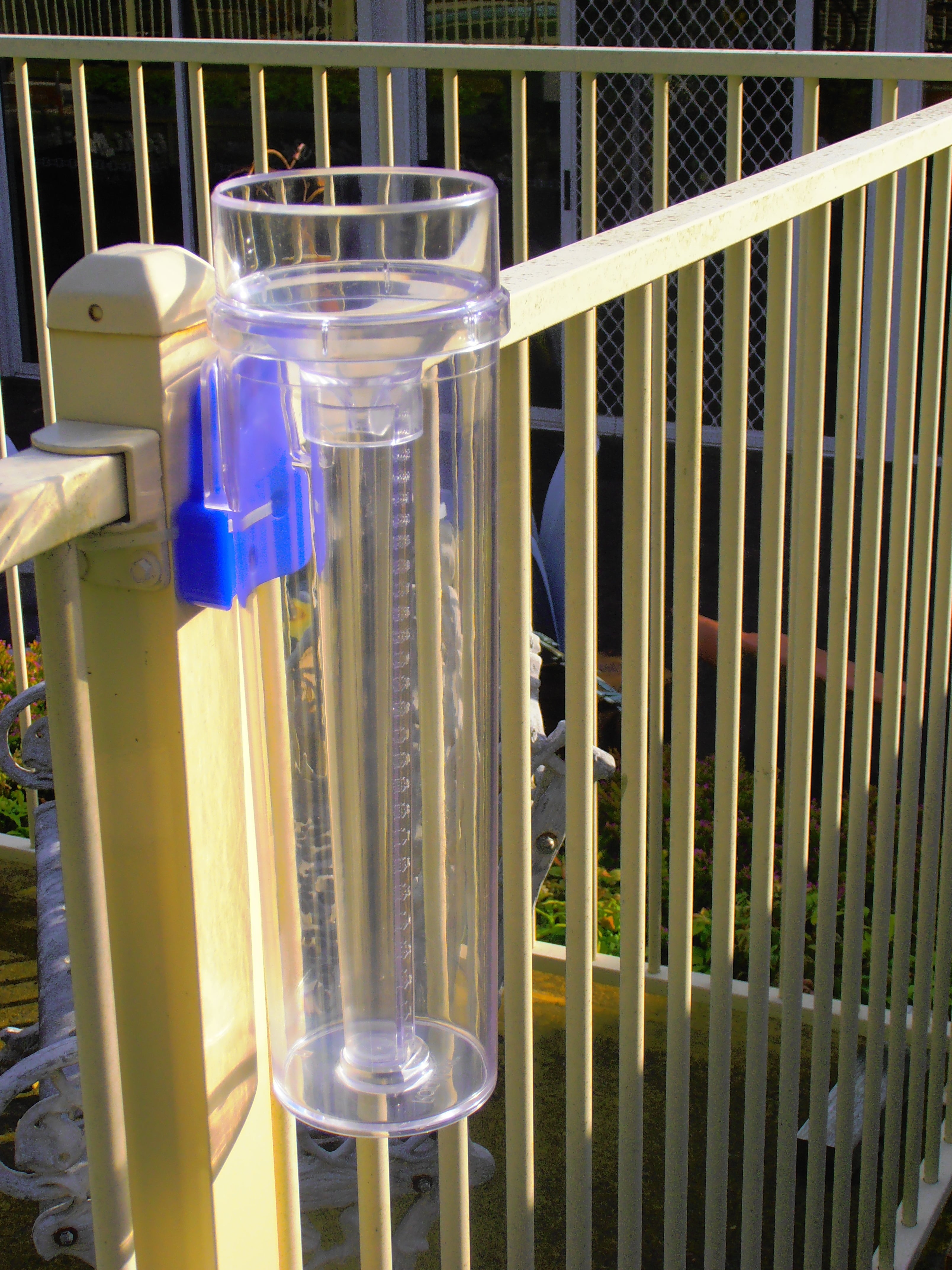Compare the Leading Rain Gauge Designs for Accurate and Constant Readings
Compare the Leading Rain Gauge Designs for Accurate and Constant Readings
Blog Article
Revealing the Science Behind Rain Determines: How These Gadgets Play a Crucial Duty in Environment Research and Ecological Monitoring
Rainfall determines, seemingly easy gadgets, hold an extensive importance in the realm of climate research study and ecological surveillance. These unassuming tools quietly accumulate among nature's most necessary elements-- rains. Behind their unpretentious exterior lies a complicated science that is important for comprehending the dynamics of our atmosphere. As we peel off back the layers of this clinical shroud surrounding rainfall determines, we uncover a globe where precision, data precision, and careful monitoring converge to introduce a much deeper understanding of our altering environment and its effect on the earth.
Relevance of Rain Gauges
Rainfall determines play a crucial role in tracking and measuring rainfall degrees, providing important data for climate research and evaluation. These tools are essential in evaluating the quantity of rainfall that happens in a certain area over a certain period. By gathering and determining rainwater, rain assesses deal valuable understandings right into the circulation and intensity of rainfall, helping meteorologists, hydrologists, and climatologists in recognizing climate patterns and fads.
One of the essential reasons rainfall assesses are essential is their ability to offer local and accurate information. Unlike satellite or radar-based measurements, which offer more comprehensive monitorings, rainfall determines offer precise details details to the place where they are put. This localized information is important for different applications, including flood forecasting, dry spell monitoring, and water resource management. In addition, long-lasting information collected from rain evaluates helps in examining environment modification impacts and patterns, adding significantly to clinical research and decision-making processes. Essentially, rain assesses work as vital tools in the area of weather forecasting and environmental scientific research, playing a critical function in progressing our understanding of climate and climate characteristics.
Kinds Of Rain Scales

Performance and Procedure
In the world of climate research study and meteorological studies, the efficiency of rainfall determines depend on their elaborate performance and precise functional devices. Rainfall evaluates are designed to precisely gauge the amount of precipitation that tips over a certain area during a collection duration. These tools usually include a funnel that gathers rain and channels it into a gauging tube. The determining tube is marked with calibrated measurements that enable the precise quantification of rainfall.
The performance of rainfall determines is based on the concept of measuring and collecting rainwater in a standardized fashion. This gathered data is essential for recognizing local weather patterns, tracking long-lasting environment patterns, and evaluating ecological effects. To guarantee precise measurements, rainfall gauges need to be purposefully positioned in open locations away from blockages such as buildings or trees that could hinder the collection process.
The operational aspect of rainfall evaluates involves normal maintenance to stop particles build-up, calibration checks to maintain measurement precision, and data taping for evaluation (rain gauge). Overall, the capability and operation of rainfall evaluates are vital for collecting reputable precipitation information important to environment research study and ecological surveillance
Duty in Environment Research Study
Given the essential significance of accurate rainfall measurements in recognizing weather patterns and ecological impacts, the function of rain gauges in climate study is indispensable. Rainfall assesses supply essential data for environment research study by quantifying the amount of rainfall that tips over a particular area during a given duration. This data is essential for keeping an eye on long-term patterns in precipitation patterns, assessing the impact of climate change on rainfall circulation, and improving climate versions.

Climate researchers use data accumulated from rainfall assesses to assess variants a knockout post in precipitation degrees, recognize regional climate trends, and examine the effectiveness of water source monitoring techniques. By contrasting historic precipitation data with existing dimensions, scientists can identify shifts in rainfall patterns, such as changes in the frequency or strength of rainfall occasions. This info is crucial for comprehending just how climate adjustment is affecting rainfall dynamics and can assist policymakers make educated choices relating to adaptation and reduction techniques.
Applications in Environmental Monitoring

In flooding projecting, rain gauge information helps to track rainfall strength and circulation, permitting authorities to issue prompt cautions and take essential actions to minimize flooding dangers (rain gauge). Drought monitoring relies upon rainfall scale data to evaluate dampness levels in the soil and track precipitation deficiencies, aiding in the identification of drought-prone locations and the application of drought feedback methods
Moreover, rainfall gauge information plays a crucial duty in water resource administration by providing information on water schedule try here and usage trends. In addition, in agriculture, rainfall scale data helps farmers in enhancing watering timetables, crop selection, and general farm management techniques based on neighborhood rainfall patterns.
Final Thought
In verdict, rainfall assesses are vital tools for determining precipitation, offering useful information for environment study and environmental surveillance. With different kinds and capabilities, rain evaluates play a crucial function in understanding precipitation patterns and their influence on the setting. By properly determining rainfall, these gadgets contribute to the improvement of scientific expertise and help in making educated choices pertaining to water source monitoring and disaster preparedness.
Rainfall evaluates play an important duty in surveillance and gauging precipitation degrees, giving essential information for climate research and evaluation. The conventional rain gauge, known as the "tipping bucket" gauge, is try these out one of the most frequently utilized gadgets. Ultrasonic rainfall gauges use noise waves to find the visibility of rainfall, offering real-time data on rainfall degrees.Climate researchers utilize data gathered from rain determines to evaluate variations in rainfall degrees, determine regional climate patterns, and examine the effectiveness of water resource monitoring techniques.In conclusion, rainfall assesses are crucial devices for gauging precipitation, offering beneficial data for environment study and environmental tracking.
Report this page